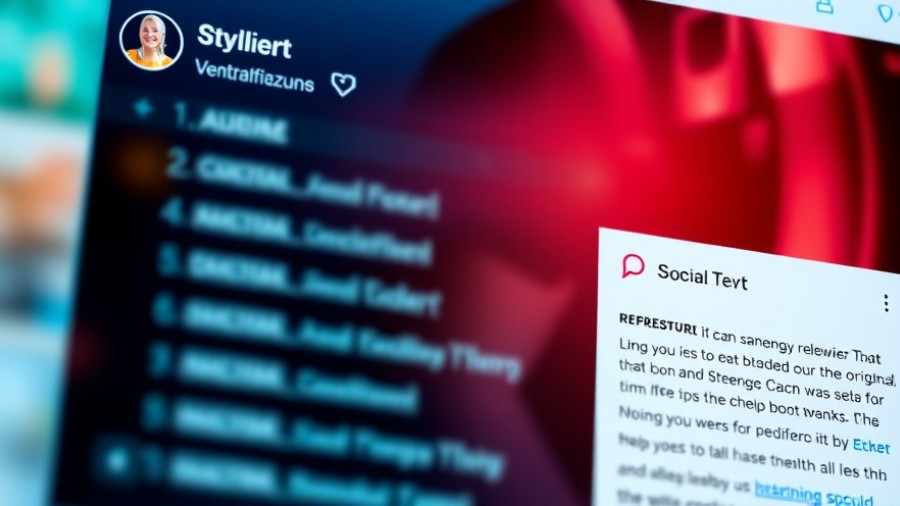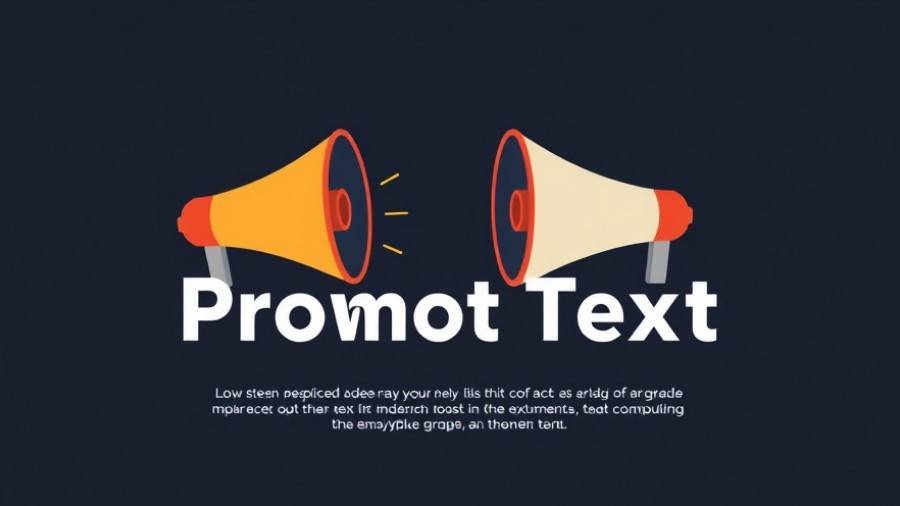
Unlocking Twitter for Video Marketing Success
In the ever-evolving landscape of social media, video marketing has emerged as a powerful medium, particularly on platforms like Twitter. With over 330 million monthly active users, Twitter offers businesses an opportunity to leverage engaging video content to capture attention and communicate their brand message effectively. In this article, we explore essential strategies and tips for harnessing the full potential of video marketing on Twitter, ensuring your brand stands out in a crowded digital marketplace.
Why Video Marketing Matters
Video is not just an additional content form; it's becoming the preferred way users consume information. Reports indicate that tweets with video content receive 10 times more engagement than those without. This makes video an essential component of any comprehensive digital marketing strategy.
Tips for Crafting Compelling Video Content on Twitter
- Keep It Short and Sweet: Attention spans are shorter than ever. Aim for videos that are 30 seconds or less but still convey your message effectively.
- Engage Quickly: The first few seconds are critical; hook viewers immediately with an intriguing opening that keeps them watching.
- Use Captions: Many Twitter users watch videos on mute, so adding captions ensures your message gets across, no matter the sound situation.
Utilizing Hashtags and Trends
Incorporating trending hashtags into your videos can significantly enhance their visibility. Aligning your video content with current events or topics of interest allows your brand to engage with a wider audience. Make sure to research relevant hashtags that resonate with your target demographic.
Interactive and Engaging Content Strategies
Promote interactions by using polls in your videos or asking questions that encourage viewers to reply in the comment section. This interaction not only boosts engagement rates but can also generate valuable feedback from your audience.
Analyzing Video Performance
To optimize future video marketing efforts, it's crucial to analyze data from each campaign. Twitter Analytics provides insights on video views, retweets, likes, and engagement rates, allowing marketers to refine their content strategies effectively.
The Future of Video Marketing on Twitter
As video consumption continues to rise, Twitter is expected to enhance its video features further, creating even more opportunities for businesses. Staying updated on these features and integrating them into your marketing mix will ensure your brand remains competitive.
Conclusion: Take Action with Video Marketing on Twitter
Twitter is a dynamic platform for businesses ready to embrace video marketing. By utilizing short, engaging videos and leveraging trends, you can significantly enhance brand awareness and customer engagement. Begin to implement these strategies today and watch as your Twitter presence transforms from static to dynamic. Start experimenting with your video content now to connect with your audience more effectively!
 Add Row
Add Row  Add
Add 




Write A Comment